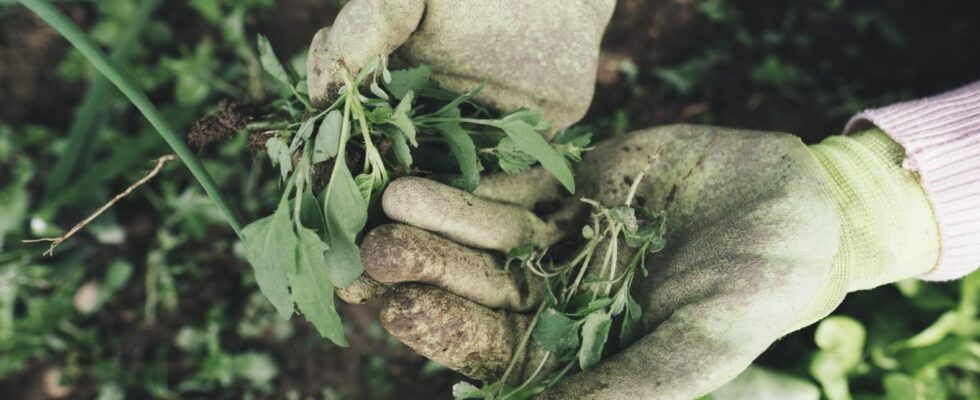Are you starting to see patches of weeds popping up in your grass? If so, then your lawn is falling victim to weed infestation.
As you might imagine, a lawn full of weeds can do a lot of damage to your home. Walking through a yard packed to the brim with weeds can also be a lot more tiresome than something covered in soft grass.
The good news is that you can stop a weed problem from spreading by taking a moment to diagnose what causes weeds in a lawn to develop in the first place.
1. Lack of Mowing
When you mow your lawn, you cut the tops off of the weeds. This prevents them from being able to produce seeds, and they die.
If you don’t mow your lawn, the weeds will produce seeds, and the next generation of weeds will be even worse. The best way to restore a lawn full of weeds is to mow it.
If you’re looking for high quality mowing services that can help your yard full of weeds become weed-free, check out https://www.holmesutah.com/west-jordan/!
2. Lack of Fertilizing
Fertilizer provides the nutrients that plants need to grow well. Without it, they are more likely to be weak and susceptible to being overrun by weeds. The best way to prevent a weed problem is to fertilize. This will create a strong, healthy lawn that is better able to resist weeds.
If you already have a lawn full of weeds, you can try to remove them by hand or use a chemical herbicide. Be sure to follow the directions on the herbicide, as you don’t want to damage your lawn.
3. A Lawn Full of Weeds Can Be Lack of Watering
Weeds need water to germinate and grow, so if your lawn is dry, they’ll be able to take over. To get rid of weeds, make sure to water your lawn. You can also try spraying them with a weed killer, but be careful not to harm your grass in the process.
4. Poor Drainage
Poor drainage is one of the leading causes of a lawn full of weeds. When water doesn’t drain, it creates puddles on the surface of the lawn. These puddles provide the perfect environment for weeds to germinate and grow.
In addition, poor drainage can also lead to the growth of moss and algae, which can further choke out your lawn.
You have to identify the problem areas. These are usually the places where water tends to pool. Once you’ve identified the problem areas, you can take steps to improve drainage. This may involve installing drainage tile or regrading the soil.
5. Compacted Soil
When soil is compacted, there is less space for air and water to move through the soil. This can lead to a lawn full of weeds. To fix this problem, you need to loosen the compacted soil.
You can do this by aerating the soil or by adding organic matter to the soil.
A Weed-Free Lawn in No Time
The best way to combat a lawn full of weeds is to prevent it in the first place. This means ensuring that your lawn is getting the proper care it needs. Mow at the proper height, fertilize, water deeply but infrequently, and make sure your lawn is getting enough sunlight.
For more home care tips, keep browsing our site!


